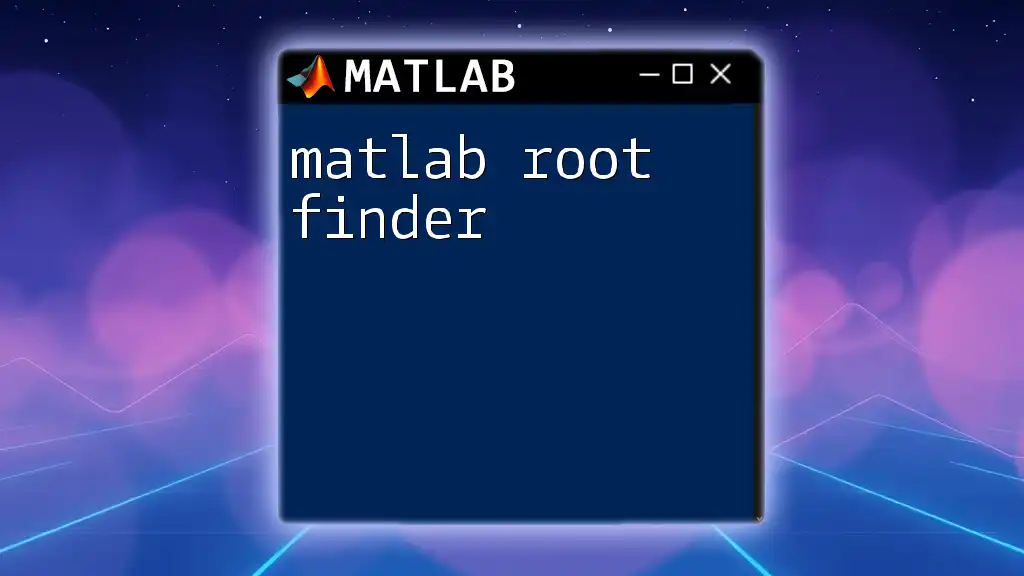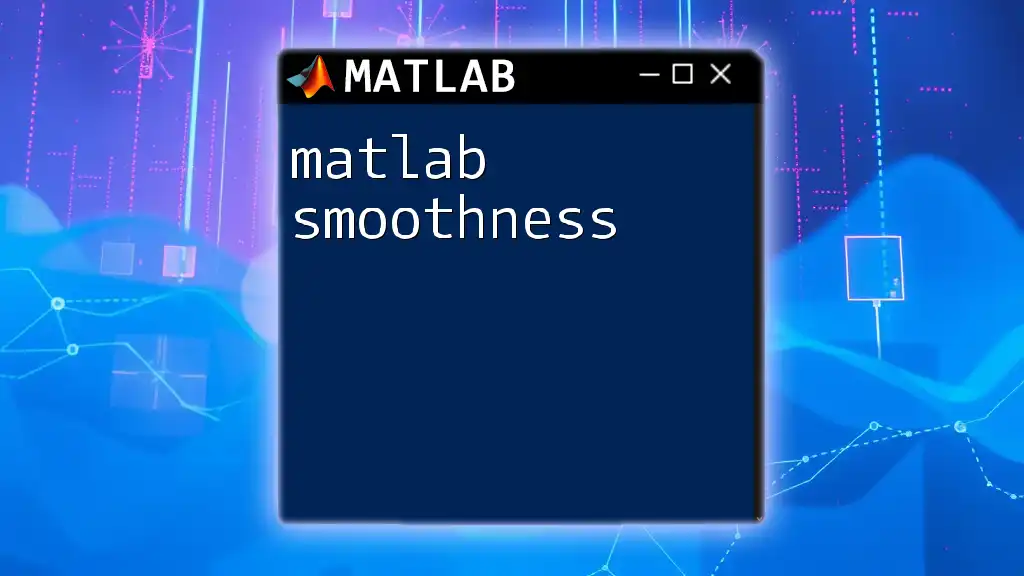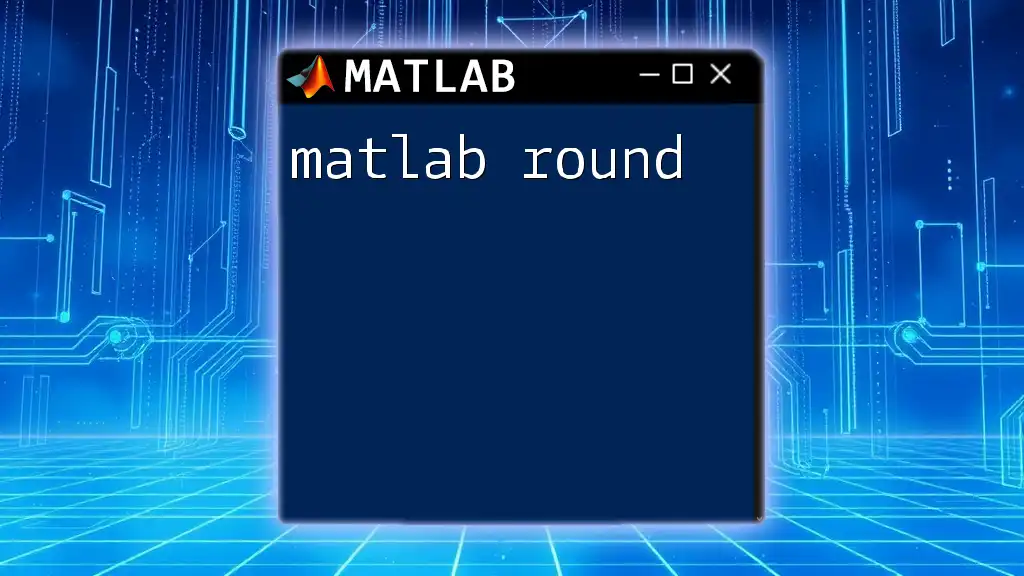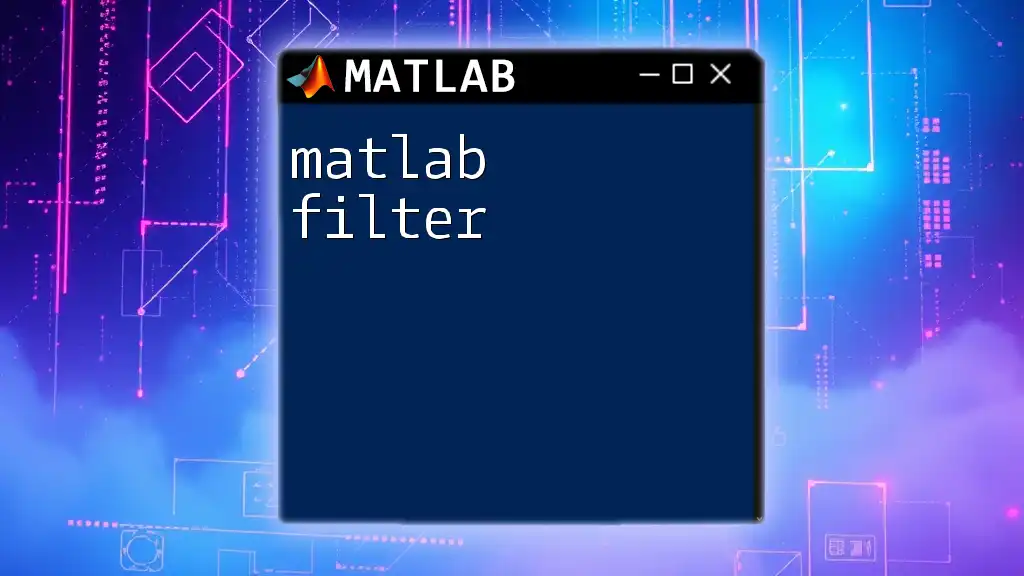The MATLAB root finder is a built-in function that allows users to efficiently determine the roots of equations by utilizing various numerical methods.
Here's a simple example of using the `fzero` function to find the root of the equation \( f(x) = x^2 - 4 \):
% Define the function
f = @(x) x^2 - 4;
% Use fzero to find the root, starting with an initial guess
root = fzero(f, 1);
% Display the result
disp(['Root: ', num2str(root)]);
Understanding Root Finding
What is a Root?
In mathematical terms, a root refers to a solution of an equation where the function equals zero. For instance, if you have a polynomial \( f(x) \), then finding the roots means solving the equation \( f(x) = 0 \). Knowing the roots of a function is crucial because they indicate points where the function crosses the x-axis, which can help in analyzing behaviors of mathematical models.
Applications of Root Finding
Root finding is a fundamental component in various fields, including engineering, physics, finance, and beyond. Whether solving for equilibrium points, optimizing functions, or modeling processes, identifying roots allows professionals to predict behavior and make informed decisions. For instance, in engineering, knowing stress distribution in materials might involve solving equations that describe physical properties, directly linking to root finding.

MATLAB Root Finding Functions
Built-in Functions Overview
MATLAB offers a suite of built-in functions designed to find roots efficiently. The most commonly used functions include:
- `fzero`: Designed for finding a single root of a continuous function.
- `roots`: Used for finding roots of a polynomial represented by its coefficients.
- `vpasolve`: Part of the symbolic toolbox, suitable for finding numerical solutions to equations.
fzero
The `fzero` function is pivotal for finding roots of a function in MATLAB. Here’s the basic syntax:
x = fzero(fun, x0)
- `fun` is your function defined via an anonymous function or a function handle.
- `x0` is an initial guess for the location of the root.
Example:
fun = @(x) x.^2 - 4;
root = fzero(fun, 1)
% Output: root = 2
In this example, we are finding the root of the equation \( x^2 - 4 = 0 \). The function correctly identifies 2 as a root, illustrating the power of `fzero`.
How it works: The function typically employs methods like bisection or Newton’s method, iterating based on the specified initial guess, aiming for convergence.
roots
The `roots` function caters to finding all roots of a polynomial. It’s essential for polynomial equations and is called with the following syntax:
r = roots(p)
Where `p` is a vector containing the coefficients of the polynomial in descending powers.
Example:
p = [1 0 -4];
r = roots(p)
% Output: r = [2; -2]
This example finds the roots of the polynomial \( x^2 - 4 \) represented by coefficients \([1, 0, -4]\). The output showcases the roots 2 and -2.
Explanation of Polynomial Roots: This function calculates roots directly based on the coefficients, utilizing numerical linear algebra techniques to determine the polynomial’s roots accurately.
vpasolve
The `vpasolve` function from the symbolic toolbox is an extremely versatile tool. It’s designed to solve equations symbolically. The syntax is:
sol = vpasolve(equation, variable)
Example:
syms x;
sol = vpasolve(x^3 - 6*x^2 + 11*x - 6 == 0, x)
% Output: sol = [1; 2; 3]
This example shows how `vpasolve` can be used to find the roots of a cubic equation. When presented with the polynomial \( x^3 - 6x^2 + 11x - 6 = 0 \), the function provides roots at x = 1, 2, and 3.
Use Cases: `vpasolve` is particularly effective for non-linear equations that may not yield easily to polynomial or traditional methods, providing an invaluable tool for complex problems.

Implementing Custom Root Finding Algorithms
Newton-Raphson Method
The Newton-Raphson method is a famous iterative method for approximating roots. This method relies on the first derivative of the function and can provide rapid convergence when a good initial guess is chosen.
Algorithm Steps:
- Select an initial guess: Choose a point close to the expected root.
- Iterate using the formula: Continuously apply the formula until convergence: \[ x_{n+1} = x_n - \frac{f(x_n)}{f'(x_n)} \]
MATLAB Implementation:
function root = newtonRaphson(func, dfunc, x0, tol, maxIter)
for k = 1:maxIter
x1 = x0 - func(x0)/dfunc(x0);
if abs(x1 - x0) < tol
root = x1;
return;
end
x0 = x1;
end
error('Maximum iterations reached without convergence');
end
Example Usage: To find the root of \( x^2 - 2 \), you could define `func` as \( @(x) x^2 - 2 \) and `dfunc` as \( @(x) 2*x \).
Bisection Method
The Bisection method is a straightforward and robust approach to root finding. It is particularly useful for functions that are continuous within a defined interval.
Algorithm Steps:
- Choose a starting interval [a, b]: Ensure that \( f(a) \) and \( f(b) \) have opposite signs.
- Iteratively halve the interval: Check the midpoint and refine the interval based on sign:
MATLAB Implementation:
function root = bisection(func, a, b, tol)
if func(a) * func(b) > 0
error('f(a) and f(b) must have different signs');
end
while (b - a)/2 > tol
c = (a + b)/2;
if func(c) == 0
return
elseif func(c) * func(a) < 0
b = c;
else
a = c;
end
end
root = (a + b)/2;
end
Example Usage: To find a root for the equation \( x^3 - x - 2 \), you can set \( a = 1 \) and \( b = 2 \), and use the function to converge on the root.
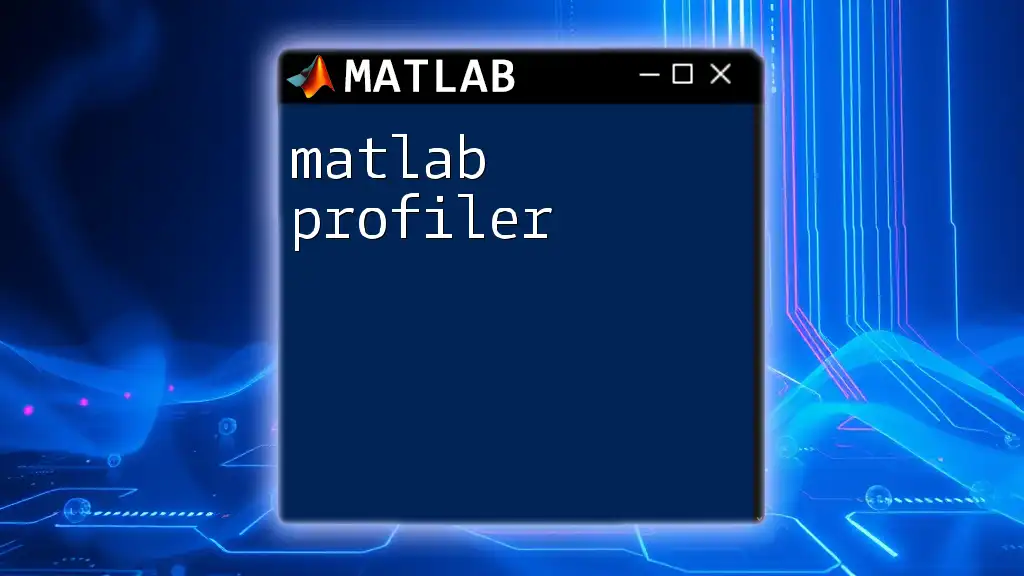
Tips for Using MATLAB for Root Finding
Debugging Common Issues
Troubleshooting issues while finding roots is crucial. If the function fails to converge, the first step is to check the function's continuity and ensure that the initial guesses yield different signs at the endpoints. A good initial guess is essential for methods like Newton-Raphson, where the derivation greatly impacts convergence.
Best Practices
Visualization can significantly enhance root finding success. Using the `fplot` function to graph the function can help identify intervals where roots exist. Additionally, utilizing options like `optimset` allows you to fine-tune iterative methods for better performance and control in MATLAB.
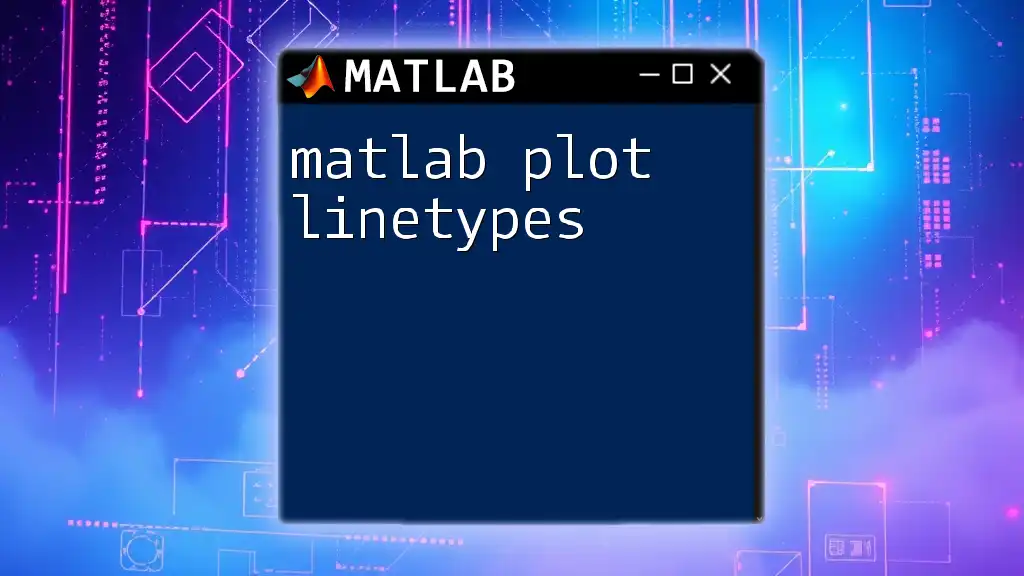
Conclusion
The capabilities of MATLAB as a matlab root finder are extensive, providing powerful built-in functions and customizable approaches tailored to various needs. Whether you're dealing with simple polynomial roots or complex non-linear equations, MATLAB offers the tools necessary for effective root finding. We encourage you to explore these functions, try out the provided examples, and even experiment with building your own algorithms to enhance your mathematical problem-solving skills. With the right techniques, the world of root finding can yield powerful insights and results.

Additional Resources
For more in-depth learning, consider referring to the official MATLAB documentation and exploring relevant tutorials online. Additionally, textbooks and online courses can offer structured insights into mathematical computation and root finding techniques, further expanding your knowledge and skills!

